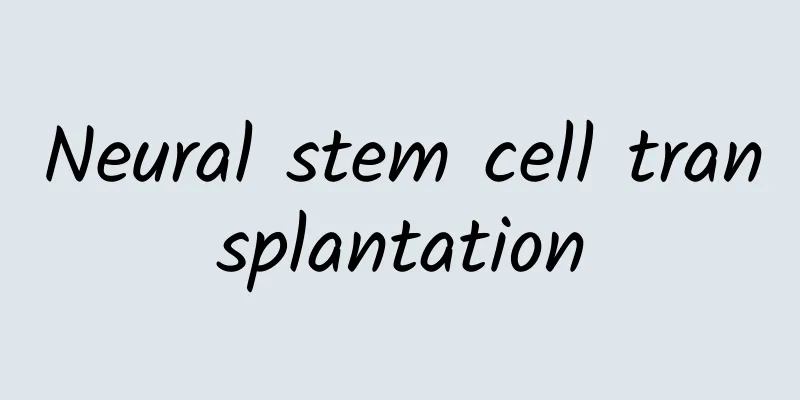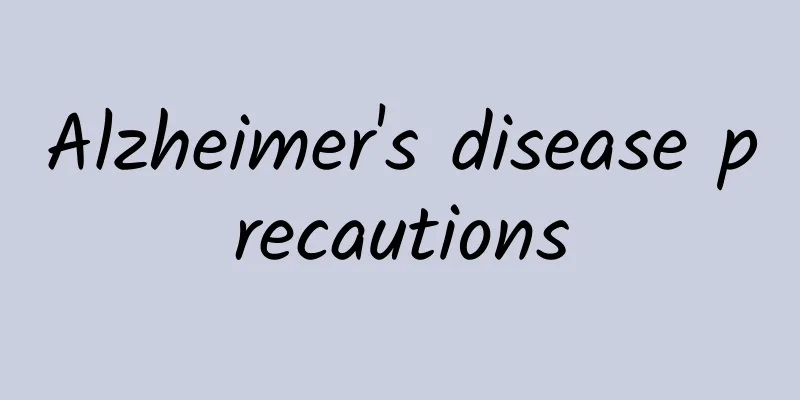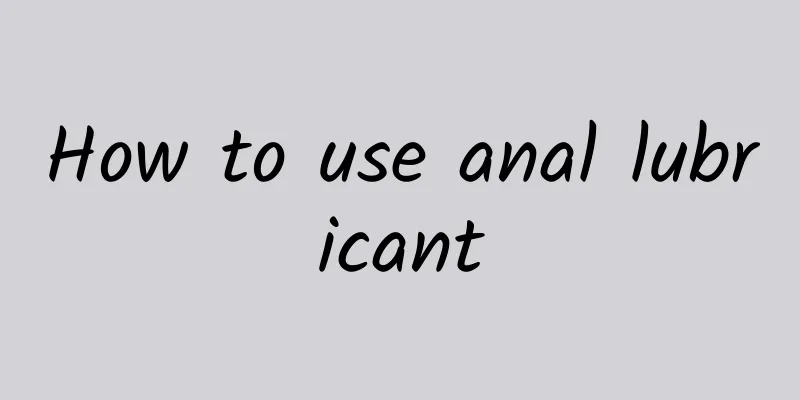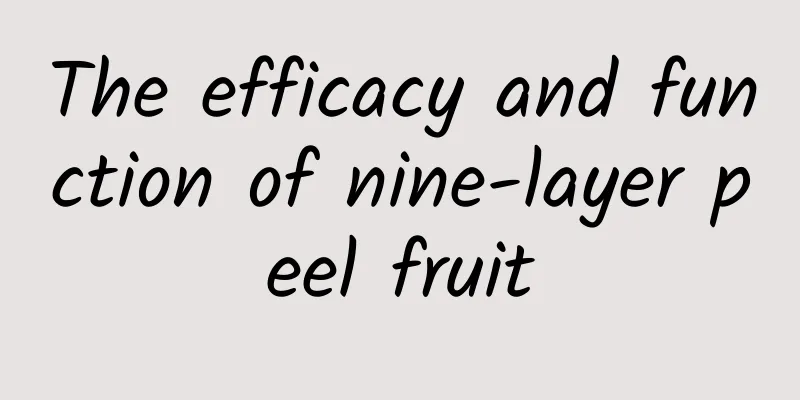Neural stem cell transplantation

|
People don’t know much about neural stem cell transplantation and don’t know what it is. Neural stem cells are very important to us. It has a strong self-renewal ability, and there have been a lot of medical studies on it. Neural stem cell transplantation can also treat many diseases clinically, such as common Parkinson's disease, cerebral infarction, and stroke, and generally considers elderly patients. In recent years, the clinical application of neural stem cell transplantation has been very extensive, especially for patients with some brain diseases. After such transplantation technology, the patient's condition will be significantly improved. This method has become very common in the treatment of brain diseases. Local injection transplantation 1. Stereotactic intracerebral injection transplantation is the most commonly used stem cell transplantation method in animal experiments and clinical research. This technology uses CT/MRI scanning for positioning, and then inputs the image into a computer, which plans the transplantation target and surgical route. After local anesthesia, a hole is drilled in the skull, a probe is inserted, and neural stem cells are pumped in with a micropump. Stereotactic intracerebral injection transplantation surgery has the advantages of accurate positioning, short operation time, and small surgical trauma. Patients can withstand the surgery under local anesthesia, which is beneficial for the surgeon to check the patient's cooperation and observe the treatment response in a timely manner. This method is suitable for diseases with relatively localized lesions, such as sequelae of cerebral hemorrhage, sequelae of brain trauma, focal cerebral infarction, etc. It is also suitable for neurodegenerative diseases with centralized control of neural functional nuclei, such as Parkinson's disease, Alzheimer's disease, etc. This method can concentrate all the stem cells to the lesion and its surrounding areas to exert a therapeutic effect, and the neurological function can be improved rapidly and directly. However, the disadvantage is that NSCs are directly injected into the brain injury area, and the success rate of NSCs transplantation in the brain is low. This is because the brain injury site is an unfavorable local microenvironment area, and the implanted NSCs may be cleared by activated microglia and macrophages. Intracerebral transplantation has a volume-occupying effect, which limits the amount of NSCs transplanted. This is also one of the factors that reduce the success rate of transplantation. In addition, intracerebral transplantation can also lead to excessive aggregation of local NSCs, which is not conducive to the differentiation of NSCs. Although head puncture surgery is less traumatic, there is still a risk of puncture bleeding, and many patients are unwilling to undergo it. 2. Local spinal cord injection transplantation is the most commonly used stem cell transplantation method in animal experiments and clinical studies for the treatment of spinal cord injury. This technology mainly performs surgery on the injured segment of the spinal cord, cutting the skin, muscles, and ligaments in sequence, biting off part of the vertebral lamina of the injured segment, cutting the dura mater, and then injecting stem cells at the upper and lower ends of the injured spinal cord segment. The advantage of this method is that the transplanted cells are distributed at both ends of the injured spinal cord and play a role. At the same time, the surgery can decompress the nerves and promote the recovery of some spinal cord functions. But the disadvantages are that it causes great trauma and the risk of bleeding. In addition, the surgery itself causes new damage to the spinal cord, which may aggravate the loss of neurological function. Transplantation via cerebrospinal fluid Lumbar puncture and subarachnoid injection transplantation is another widely used transplantation method. This method uses lumbar puncture technology to insert a puncture needle into the subarachnoid space at the 3rd-5th intervertebral space of the lumbar vertebrae and inject neural stem cells. The advantage is that the transplanted cells can flow throughout the brain and spinal cord along the circulation pathway of the cerebrospinal fluid, and can maintain the ability to attach, proliferate and differentiate in the host's subarachnoid space. The cells can reach wherever the lesions are, and are suitable for the treatment of neurological diseases with more extensive lesions, such as sequelae of encephalitis, brain dysplasia, multiple cerebral infarctions and other diseases. Moreover, this method is minimally invasive, each operation only takes more than ten minutes, and the patient is always awake. The disadvantage of this method is that the transplanted stem cells are dispersed throughout the brain and spinal cord, and it is difficult to control where the stem cells migrate and tend to move to. The therapeutic effect is not as clear as targeted brain injection. At the same time, stem cells need to circulate along the cerebrospinal fluid to the brain, which takes a long path and needs to pass through the cerebrospinal fluid-brain barrier, resulting in more cell loss. In addition, stem cells directly enter the cerebrospinal fluid, which is an environment completely different from that of in vitro culture, and the number of stem cells that survive remains questionable. Now everyone should have a better understanding of neural stem cell transplantation. This technology has been widely used in clinical practice and has brought good news to many patients. Now some scientists have made great breakthroughs in using neural stem cell transplantation technology to treat cerebral hemorrhage, cerebral ischemia, Parkinson's syndrome, etc. This science and technology has also made great contributions to the medical industry. |
<<: What happens if you have zinc deficiency?
>>: Symptoms of external hemorrhoids
Recommend
How to quickly lower eye pressure
Our eyes are always working in our daily lives. M...
Treatment for small cell lung cancer
Small cell lung cancer is actually a common type ...
What causes keratitis? The result of the combined action of internal and external factors
The occurrence of keratitis is the result of the ...
What is the reason for swollen face and neck?
Facial health is very important to people's b...
How long does it take to detect pregnancy?
Clinically, when a woman feels that she is pregna...
How to relieve toothache during pregnancy
The biggest wish of toothache patients is to reli...
What causes droopy eyelids?
Drooping eyes are quite common in our daily life....
What to do if you vomit after radiotherapy? Diet and mental adjustment
Radiotherapy is a commonly used method for treati...
How to exercise for kidney deficiency and back pain
Kidney deficiency often leads to low back pain. A...
What is the best drink for pharyngitis in summer? Which drinks are suitable?
Pharyngitis is a rather annoying disease that gre...
How to choose calcium tablets to promote bone growth in adults?
In today's society, calcium supplementation i...
What should I do if my arm is swollen after blood draw?
The human body undergoes corresponding physical e...
The glans penis feels very sensitive
The sensitivity of the glans penis can determine ...
What are the effects and functions of purple garnet?
On the earth, there are many very precious minera...
The efficacy and function of Broomrape wine
Orobancha, also known as Cistanche deserticola, i...









